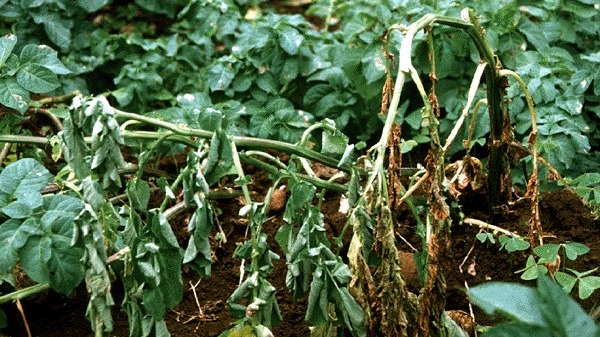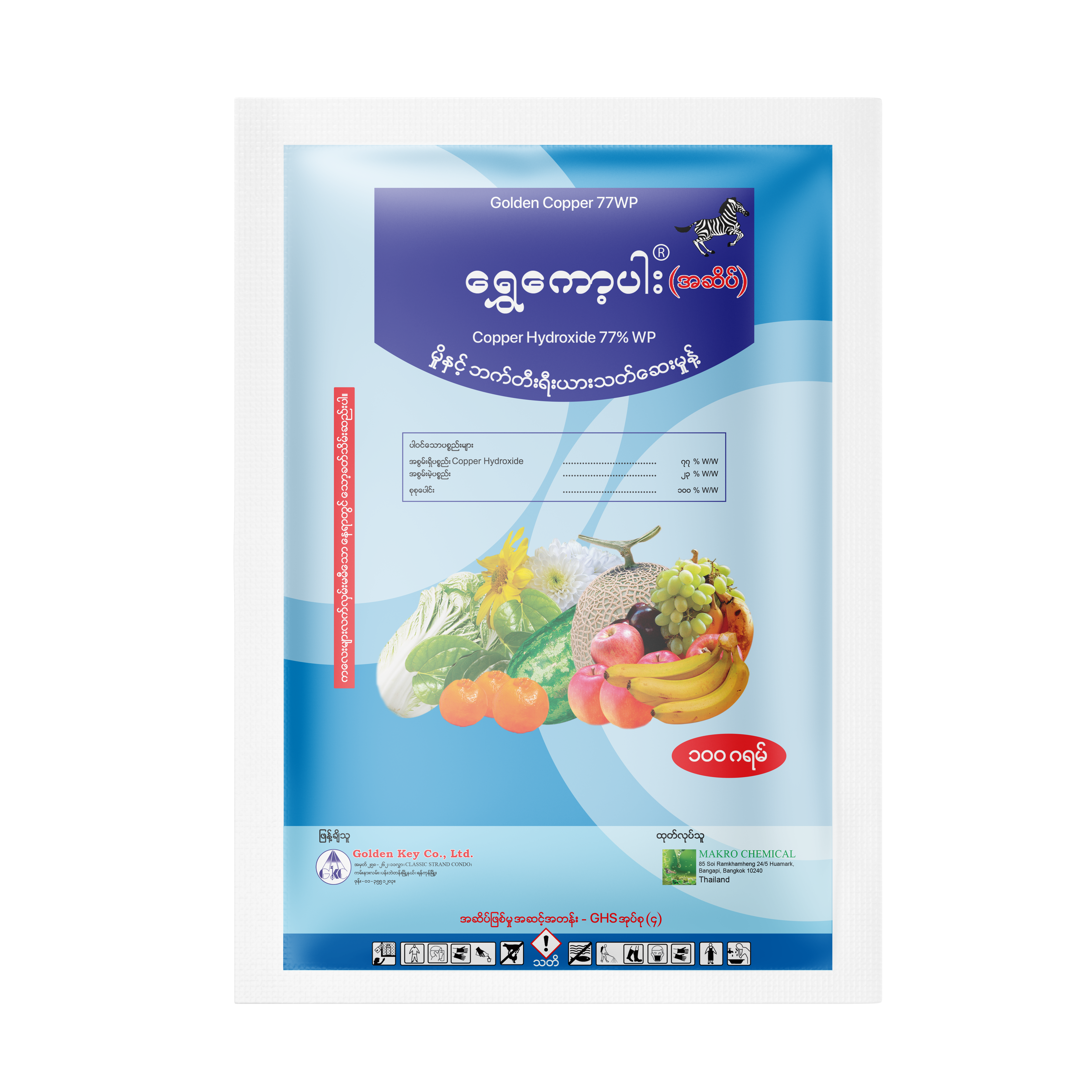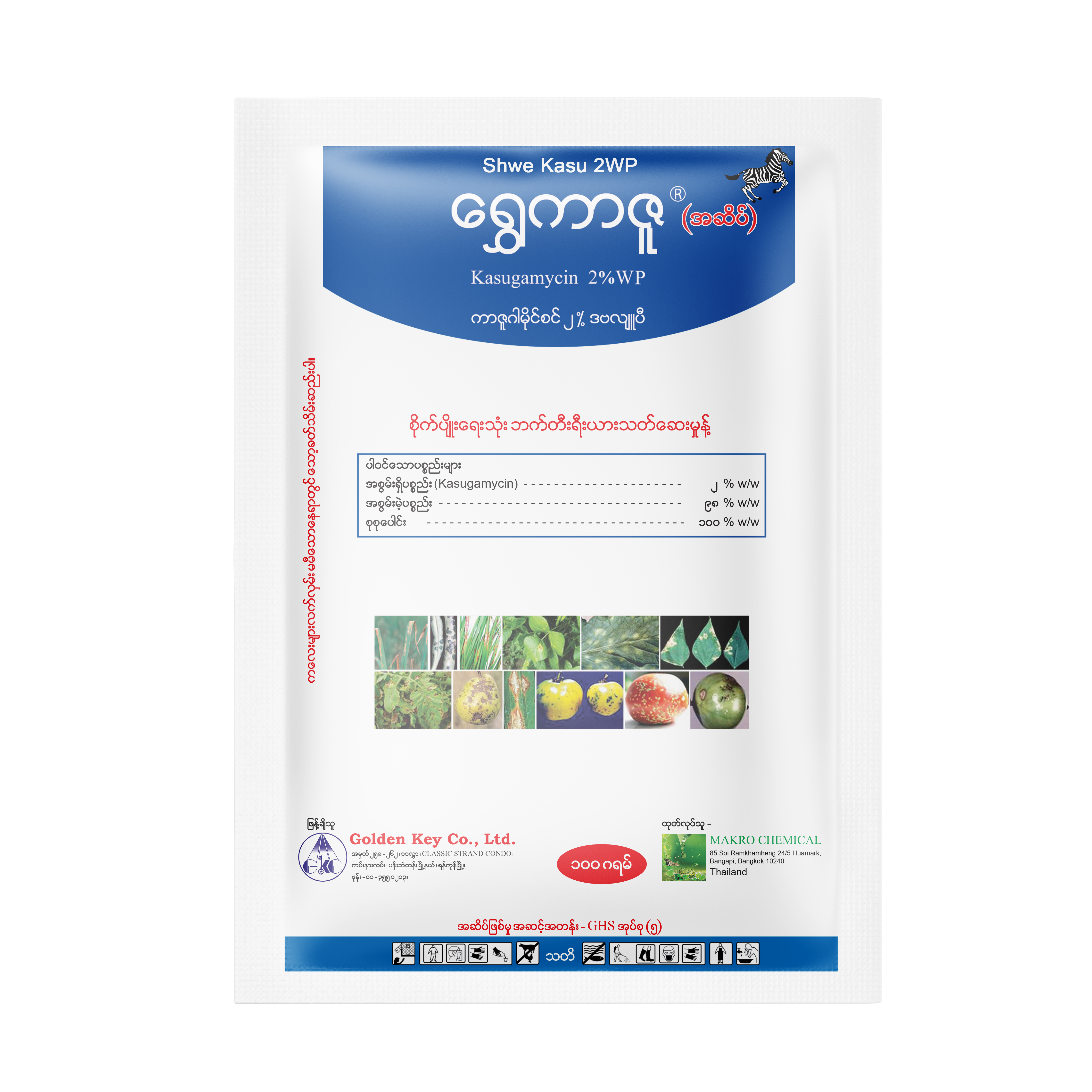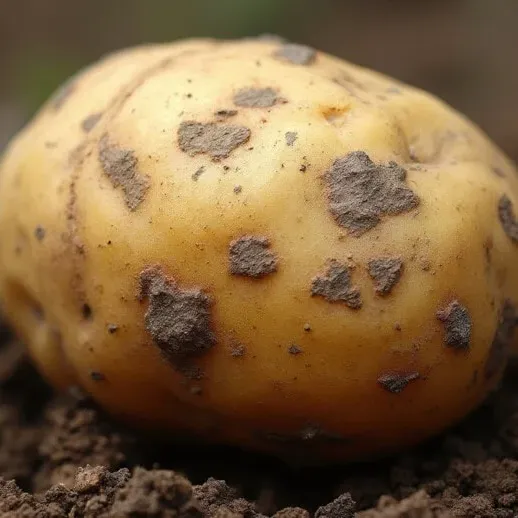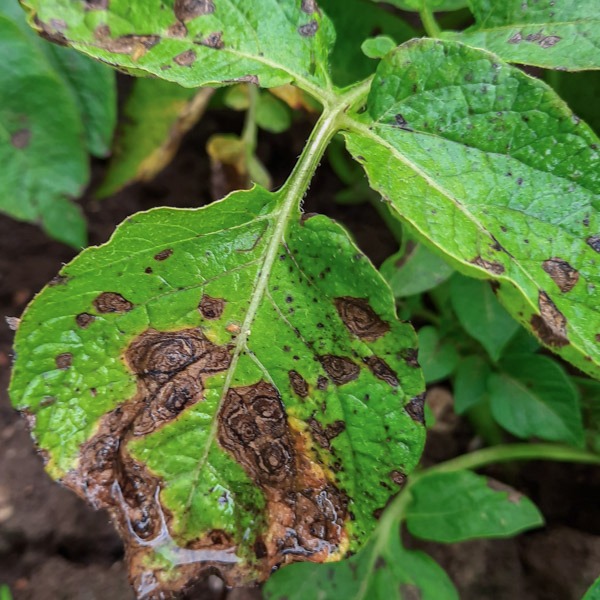Bacterial wilt of potato
Symptom
This disease is caused by bacteria. In young plants, wilting typically begins at the upper leaves, whereas in mature plants, it usually starts from the lower leaves. The entire plant wilts without showing any yellowing of the leaves. In the early stages, wilting occurs during daytime conditions and recovers at cooler night temperatures. However, as the disease progresses, the wilting becomes permanent. The lower stem, vascular bundles, and roots exhibit brown discoloration. When the stem near the soil line is cut and placed in clear water, milky bacterial ooze can often be observed seeping out, resembling diluted milk. The disease also affects potato tubers. When infected tubers are cut, brown to black lesions are visible in the vascular ring. Bacterial ooze may also emerge from these lesions or from the eyes of the tuber. As the infection progresses and the lesions enlarge, the tuber softens and decays, particularly during storage.


